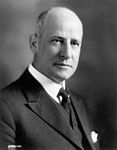
The 1984 United States Senate elections were held on November 6, with the 33 seats of Class 2 contested in regular elections. They coincided with the landslide re-election of President Ronald Reagan in the presidential election. In spite of the lopsided presidential race, Reagan's Republican Party suffered a net loss of two Senate seats to the Democrats, although it retained control of the Senate with a reduced 53–47 majority. Democrats defeated incumbents in Illinois and Iowa, and won an open seat in Tennessee, while Republicans defeated an incumbent in Kentucky.

The 1982 United States Senate elections were held on November 2, 1982. They were elections for the United States Senate following Republican gains in 1980. The 33 Senate seats of Class 1 were up for election in 1982. A total of four seats changed hands between parties, with Democrats winning seats in New Jersey and New Mexico, and Republicans taking seats in Nevada and the seat of the lone independent, Senator Harry Byrd Jr., in Virginia. Democrats made a net gain of one seat bringing them to 46 seats, while Republicans stayed at 54 seats for a majority. However, the Democratic gain in New Jersey replaced a Republican that had been appointed earlier in the year.

The 1978 United States Senate elections were held on November 7, in the middle of Democratic President Jimmy Carter's term. The 33 seats of Class 2 were contested in regular elections. Special elections were also held to fill vacancies.

The 1972 United States Senate elections were held on November 7, with the 33 seats of Class 2 contested in regular elections. They coincided with the landslide re-election of Republican President Richard Nixon. Despite Nixon's landslide victory, Democrats increased their majority by two seats. The Democrats picked up open seats in Kentucky and South Dakota, and defeated four incumbent senators: Gordon Allott of Colorado, J. Caleb Boggs of Delaware, Jack Miller of Iowa, and Margaret Chase Smith of Maine. The Republicans picked up open seats in New Mexico, North Carolina, and Oklahoma, and defeated one incumbent, William B. Spong Jr. of Virginia.
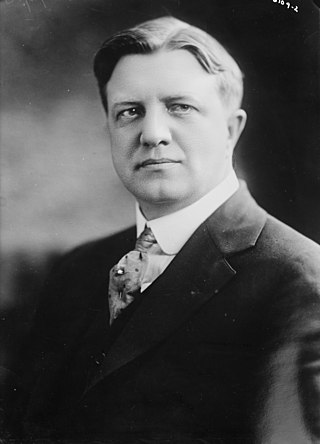
Clarence Cleveland Dill was an American politician from the state of Washington. A Democrat, he was elected to two terms each in both houses of Congress.

The 64th United States Congress was a meeting of the legislative branch of the United States federal government, composed of the United States Senate and the United States House of Representatives. It met in Washington, D.C., from March 4, 1915, to March 4, 1917, during the third and fourth years of Woodrow Wilson's presidency. The apportionment of seats in the House of Representatives was based on the 1910 United States census.

The 63rd United States Congress was a meeting of the legislative branch of the United States federal government, composed of the United States Senate and the United States House of Representatives. It met in Washington, D.C. from March 4, 1913, to March 4, 1915, during the first two years of Woodrow Wilson's presidency. The apportionment of seats in the House of Representatives was based on the 1910 United States census.
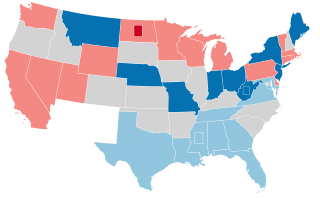
The 1910–11 United States Senate election were held on various dates in various states. As these U.S. Senate elections were prior to the ratification of the Seventeenth Amendment in 1913, senators were primarily chosen by state legislatures. Senators were elected over a wide range of time throughout 1910 and 1911, and a seat may have been filled months late or remained vacant due to legislative deadlock. However, some states had already begun direct elections during this time. Oregon pioneered direct election and experimented with different measures over several years until it succeeded in 1907. Soon after, Nebraska followed suit and laid the foundation for other states to adopt measures reflecting the people's will. By 1912, as many as 29 states elected senators either as nominees of their party's primary or in conjunction with a general election.
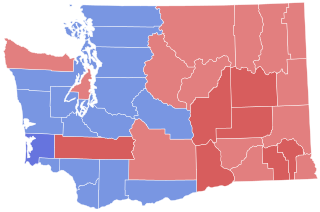
The 1992 United States Senate election in Washington was held on November 3, 1992. Incumbent Democratic Senator Brock Adams chose not to run for re-election to a second term after eight different women made allegations that he had engaged in various acts of sexual misconduct, including harassment and rape. Adams denied the allegations, but his popularity statewide was weakened considerably by them, and he chose to retire rather than risk costing the party his seat.

The 2012 United States Senate election in Washington took place on November 6, 2012, concurrently with the 2012 U.S. presidential election as well as other elections to the United States Senate and House of Representatives and various state and local elections. Incumbent Democratic U.S. Senator Maria Cantwell won re-election to a third term by a significant margin, outperforming President Barack Obama's margin in the concurrent presidential election by 6%.
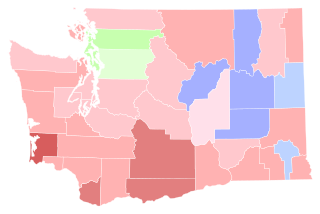
The 1914 United States Senate election in Washington was held on November 3, 1914. Incumbent Republican U.S. Senator Wesley Livsey Jones was re-elected to a second term in office in a three-way race with William Wilson Black and Ole Hanson. This election was the first time since 1891 that an incumbent Republican Senator from Washington was re-elected or won re-election.

The 1920 United States Senate election in Washington was held on November 2, 1920. Incumbent Republican U.S. Senator Wesley Livsey Jones was re-elected to a third term in office over Farmer-Labor nominee Clemens J. France and former Seattle mayor George F. Cotterill.
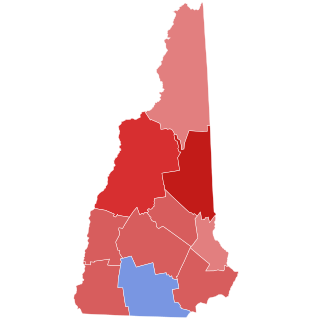
The 1954 United States Senate special election in New Hampshire took place on November 2, 1954, to elect a U.S. Senator to complete the unexpired term of Senator Charles W. Tobey, who died on July 24, 1953. Former President of the New Hampshire Bar Association Robert W. Upton was appointed on August 14, 1953 by Governor Hugh Gregg to fill the vacancy until a special election could be held.

The 1916 United States Senate election in Texas was held on November 7, 1916. Incumbent Democratic U.S. Senator Charles Culberson was re-elected to a fourth term in office. Culberson survived a challenge from former Governor Oscar Colquitt in the Democratic primary, then easily won the general election.

The 1922 United States Senate election in Washington was held on November 7, 1922. Incumbent Republican Miles Poindexter ran for a third term in office, but was defeated by Democrat Clarence C. Dill in a three-way race that also featured Farmer-Labor nominee James Duncan.

The 1926 United States Senate election in Washington was held on November 2, 1926. Incumbent Republican U.S. Senator Wesley Livsey Jones was re-elected to a fourth term in office over Seattle attorney A. Scott Bullitt.

The 1954 United States Senate election in New Hampshire took place on November 2, 1954. Incumbent Republican Senator Styles Bridges won re-election to a fourth term in office, defeating Democrat Gerald Morin.

The 1920 United States presidential election in Idaho took place on November 2, 1920, as part of the 1920 United States presidential election. State voters chose four representatives, or electors, to the Electoral College, who voted for president and vice president.

The 2022 Oklahoma Senate general election were held on November 8, 2022. The primary elections for the Republican, Democratic, and Libertarian parties' nominations took place on June 28, 2022. Runoff primary elections, if no candidate received 50% in the June 28 vote, took place on August 23. All candidates had to file between the days of April 13–15, 2022. Oklahoma voters elected state senators in 24 of the state's 48 Senate districts. State senators served four-year terms in the Oklahoma Senate.
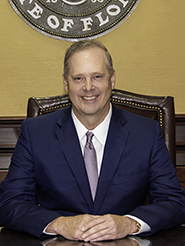
The 2022 elections for the Florida State Senate took place on Tuesday, November 8, 2022, to elect state senators from all 40 districts. Although on ordinary years, 20 senators are elected at a time on a staggered basis, races following redistricting elect all 40 members to ensure that each member represents an equal number of constituents. The Republican Party expanded their Senate majority from 24 to 28, gaining a supermajority in the Senate. The concurrently held House elections also resulted in a supermajority, giving Republicans supermajority control of the legislature.


